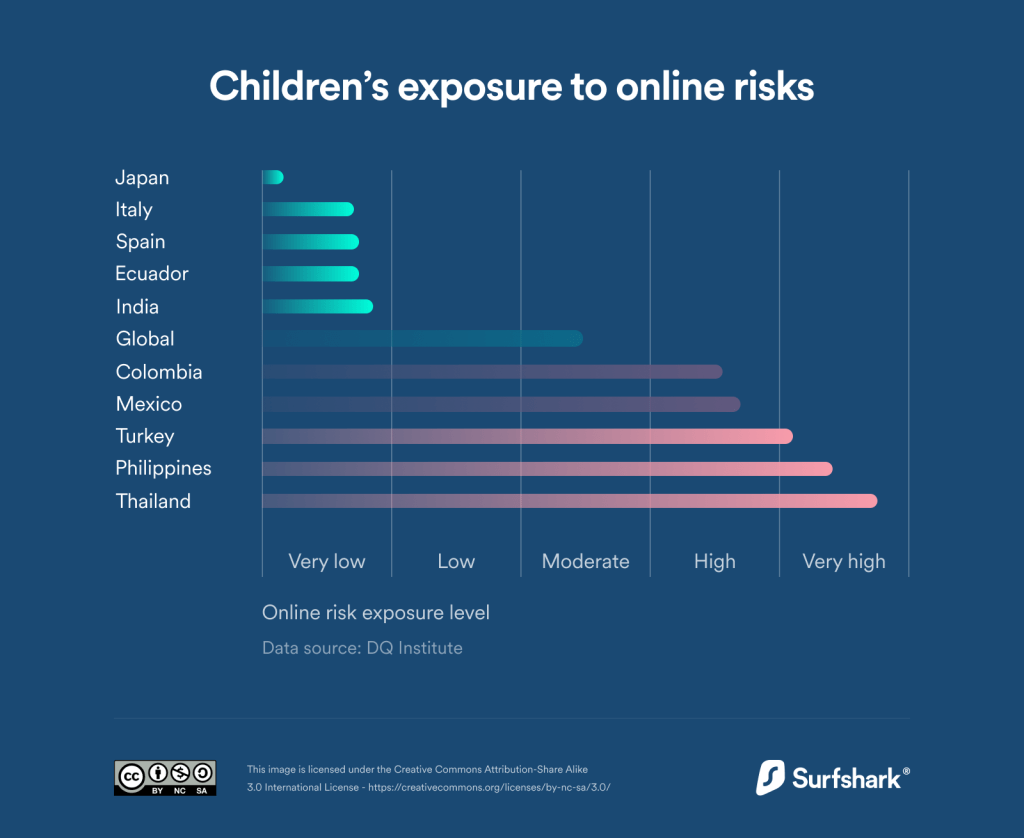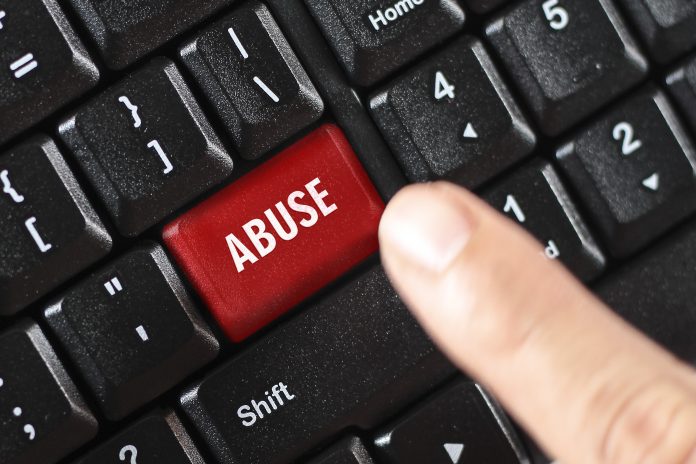The Philippines has the second-highest cybersecurity risk exposure level for children, according to a study done by an international cybersecurity company.
“The [Philippines] comes second after Thailand, where children are highly exposed to online risks and don’t have sufficient skills to cope with cyberthreats,” read a statement released by Surfshark, a VPN service company located in the British Virgin Islands.
In contrast, children in Japan, Italy, and Spain have the lowest exposure globally.
The study also noted that Thailand ranks third from the bottom in children’s ability to cope with online risks, following only Uruguay and Saudi Arabia.
“Through this study, we can see that educating children about cyberthreats plays a massive role in them knowing how to deal with any problems that may arise online,” said Aleksandr Valentij of Surfshark.
The company also noted that high-income countries like Saudi Arabia and Uruguay have basically non-existent online safety education, scoring 6.5 and 2 out of 100.
“Thus, it does not surprise that children in Saudi Arabia and Uruguay are the least prepared to deal with online threats,” said the study.
Children in Asia-Pacific countries (India, Malaysia, Japan, Australia, and New Zealand) have the strongest online risk management skills.
India has 30 percent stronger online safety education programs than the global average, while Malaysia, Australia, and New Zealand have even stronger online safety education programs than India.

Surfshark said its study used reports released by the international think-tank DQ Institute and the US Federal Bureau of Investigation.
It noted that the Philippines is very much in a vulnerable state with Filipino children among the top internet users in the world.
In 2021, the Philippines saw increasing cybercrime reports with cyber tip reports doubling to 2.8 million from the 1.2 million in 2020, according to the Philippines’ Department of Justice.
Surfshark said that globally, six out of 10 children with ages between eight and 12 are exposed to cyber risks online.
“In addition, one in two children encounter cyberbullying, and close to one-third experiences other cyber threats such as phishing or hacking,” the company said, citing a report done by DQ Institute.
Surfshark said online risk indicators include the frequency of involvement of children with cyberbullying or cyber-victimization activities, the percentage of children and teenagers affected by cyberbullying or cyber threat, and the number of cyberthreats experienced by children.
The study noted that while the number of cybercrime against children is surging due to remote learning during the pandemic, it also resulted in financial losses.
“In 2020 alone, yearly financial losses from cybercrimes against children reached US$660,000,” read the Surfshark statement.









